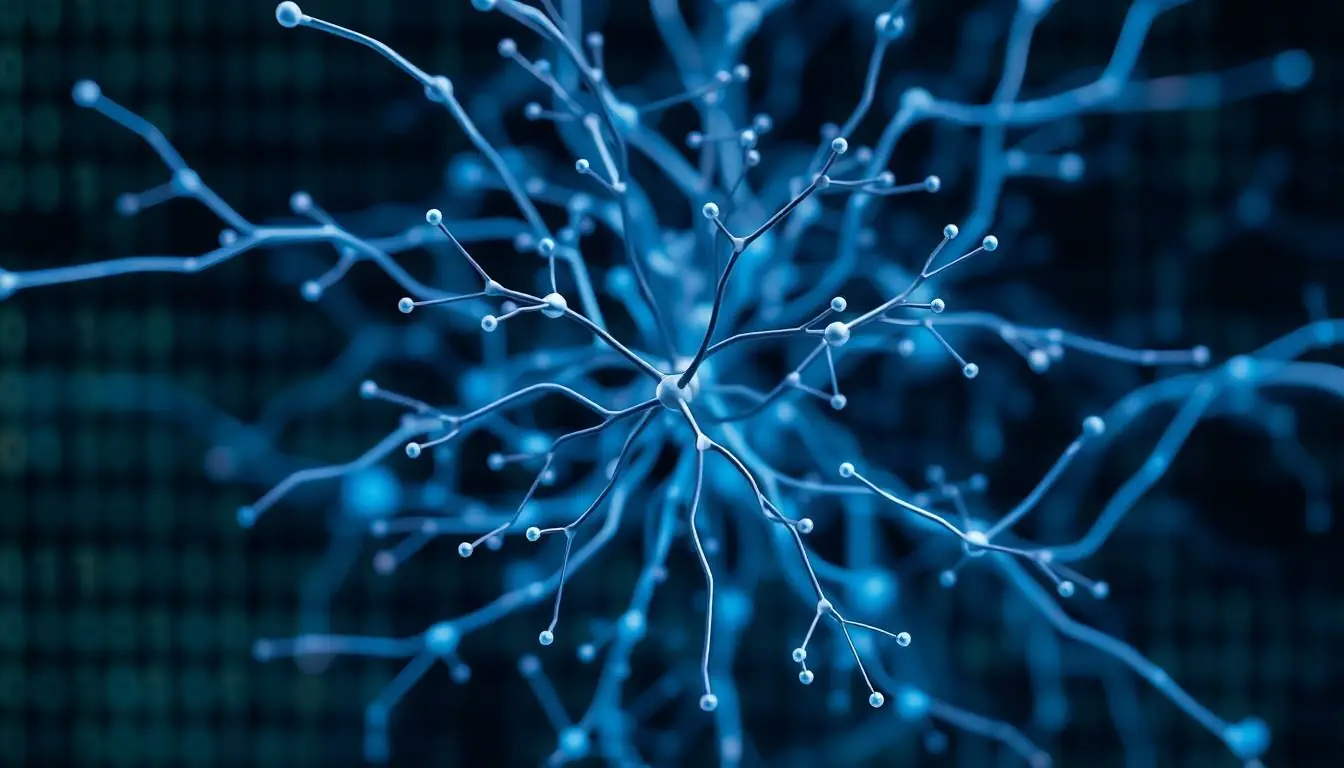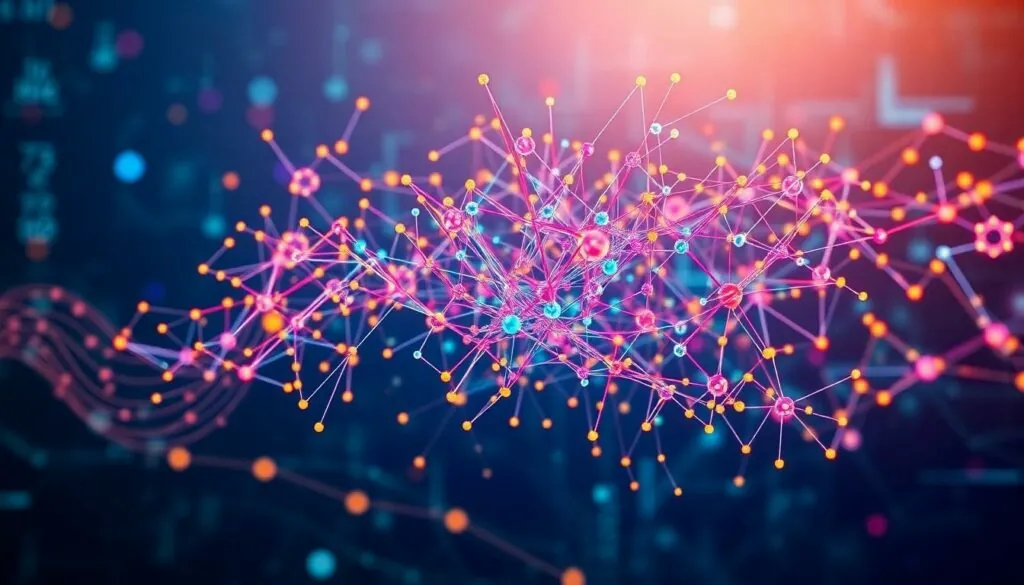Curious about what powers the conversational wizardry of ChatGPT? It’s like peeking behind the curtain of a magic show, and trust me, the secrets are just as fascinating as the tricks. At its core, ChatGPT runs on a neural network architecture that’s designed to mimic human-like understanding and creativity.
But don’t worry, it’s not some overly complicated robot trying to take over the world. Instead, it’s a sophisticated blend of algorithms that help it generate responses that can make you chuckle or ponder life’s great mysteries. So, buckle up as we dive into the neural network that fuels this AI marvel and discover how it transforms mere data into engaging conversations.
Table of Contents
ToggleOverview of Neural Networks
Neural networks form the backbone of ChatGPT’s architecture. Designed to mimic human brain functions, these structures utilize interconnected layers of nodes, often referred to as neurons. Each neuron processes input data and produces output, enabling the network to recognize patterns and make predictions.
Artificial neural networks consist of three main layers: the input layer, hidden layers, and output layer. The input layer accepts data, such as text, while hidden layers analyze this information. Several hidden layers enhance complexity and improve learning capabilities. Finally, the output layer generates responses, enabling ChatGPT to engage in conversation.
Training these neural networks involves using large datasets. Data points represent various conversations that help ChatGPT learn the nuances of human dialogue. During training, the network adjusts weights assigned to neurons based on performance. This method, known as backpropagation, refines the model’s ability to generate coherent responses.
Deep learning plays a crucial role in ChatGPT’s function. It leverages deep neural networks featuring numerous hidden layers, which enhances their capacity to understand context and semantics. Enhanced context comprehension allows ChatGPT to provide more relevant and engaging replies during interaction.
Activation functions contribute to a neural network’s decision-making process. Functions like ReLU, Sigmoid, and Tanh introduce non-linearity, enabling the model to capture complex relationships in data. The choice of activation function directly affects overall performance and the richness of responses generated.
Neural networks encapsulate the technology driving ChatGPT, showcasing intricate architectures tailored to interpret and generate human-like responses based on vast amounts of training data.
Understanding ChatGPT

ChatGPT utilizes advanced neural network architecture to process language and generate human-like responses. By mimicking human cognition, ChatGPT engages users in meaningful conversations.
Key Features of ChatGPT
Interconnected layers of neurons enhance the network’s ability to understand context. Inputs are processed through various layers, allowing the model to generate diverse and relevant responses. Comparisons of activation functions like ReLU and Tanh show the impact on performance. Backpropagation refines learning, ensuring responses improve over time. Learning occurs from extensive datasets, capturing nuances of dialogue to make interactions more natural and relatable. These features enable ChatGPT to adapt to user queries, providing tailored conversations based on previous interactions.
Applications of ChatGPT
ChatGPT finds applications across multiple fields, from customer support to content creation. Businesses use it to automate responses, providing immediate solutions to common inquiries. Educational platforms incorporate ChatGPT to enhance learning experiences through interactive tutoring. Developers integrate its capabilities into applications for chatbots, improving user engagement. Content creators rely on ChatGPT for ideation and drafting, simplifying the writing process. With its versatility, ChatGPT accelerates tasks and improves efficiency, making it a valuable tool across various industries.
The Neural Network Behind ChatGPT
ChatGPT utilizes a sophisticated neural network architecture that emulates human cognition. Its design allows for nuanced and contextual interactions, elevating the quality of conversations.
Architecture of the Model
The model’s architecture consists of an input layer, multiple hidden layers, and an output layer. Hidden layers enhance complexity, which facilitates deeper learning. Each neuron connects with others in the layers, creating a vast network that captures relationships within data. Specific functions of the architecture allow the model to engage with context and semantics effectively. Additionally, the presence of activation functions ensures the model processes information non-linearly, improving overall performance.
Training Process
Training involves exposing ChatGPT to extensive datasets that represent human dialogue. The process incorporates backpropagation, refining responses by adjusting weights throughout the network. Continuous updates occur as the model learns to recognize patterns and intricacies in language. Each training iteration enhances ChatGPT’s accuracy and relevance in conversations. Fine-tuning occurs by adjusting parameters, ensuring that responses become increasingly human-like.
Comparing ChatGPT with Other Neural Networks
ChatGPT’s architecture stands out compared to other neural networks in several ways. Transformers form the foundation of its model, enabling it to excel in understanding and generating human-like text. This differs from convolutional neural networks (CNNs), which primarily focus on image processing and pattern recognition.
Understanding context is a significant advantage of ChatGPT over recurrent neural networks (RNNs). RNNs often struggle with maintaining long-range dependencies in sequences. Conversely, ChatGPT utilizes self-attention mechanisms to efficiently weigh the importance of words within a conversation, enhancing contextual comprehension.
Performance-wise, ChatGPT’s deep learning capabilities shine through extensive training on diverse datasets. Other models, like traditional feedforward neural networks, lack this extensive training process, limiting their ability to generate coherent and relevant responses. This extensive training is pivotal in shaping ChatGPT’s conversational strengths.
When assessing response diversity, ChatGPT surpasses many smaller neural networks. Smaller networks often exhibit challenges in generating varied outputs, relying heavily on repetitive patterns. With its numerous hidden layers, ChatGPT produces a broader range of responses, effectively making conversations more engaging.
Real-world applications further highlight the strengths of ChatGPT in contrast to other models. While some neural networks find utility in specific tasks, ChatGPT’s versatility allows it to adapt across sectors, such as customer service, healthcare, and content creation. In these fields, it facilitates dynamic interactions that smaller or less sophisticated models may struggle to achieve.
ChatGPT distinguishes itself from other neural networks through its transformer-based architecture, deep learning capabilities, and superior contextual understanding, truly revolutionizing human-AI interactions.
Future Developments in Neural Network Technology
Neural network technology is poised for significant advancements. Researchers focus on improving models through enhanced architectures that increase computational efficiency. Continued exploration of transformer designs will likely lead to even more powerful iterations, optimizing interaction quality in models like ChatGPT.
Incorporating larger and more diverse datasets enhances learning capabilities. By capturing more intricacies of human communication, future models can generate even more contextually relevant responses. Additionally, multimodal learning, which combines text, images, and sounds, is gaining traction, enabling systems to understand and synthesize information across various formats.
Environmental concerns drive the push for energy-efficient training methods. Techniques like quantization and pruning reduce model size and resource consumption without sacrificing performance. This shift ensures that widespread implementation of neural network technology remains sustainable.
Moreover, explaining model decisions through interpretability will increase trust in AI outputs. Users will benefit from insights into how models arrive at conclusions, fostering transparency in interactions with AI systems. Ethical considerations will influence future neural network developments, prompting researchers to prioritize fairness and bias reduction in training data.
Engagement with user feedback has become more critical. Continuous integration of user interactions helps refine models, ensuring they remain relevant and responsive to real-world needs. Furthermore, advancements in reinforcement learning will cultivate more adaptive systems that learn from users in real-time.
Overall, the trajectory of neural network technology points toward increased sophistication and ethical responsibility. Researchers and developers will likely remain committed to producing models that continually improve interactions while addressing societal challenges.
ChatGPT represents a significant advancement in neural network technology. Its transformer-based architecture allows it to generate human-like text while maintaining context and relevance. By leveraging deep learning and vast datasets, it continuously improves its ability to engage in natural conversations.
As this technology evolves, future developments will likely focus on enhancing efficiency and ethical considerations. The integration of diverse data sources and user feedback will further refine its capabilities. Ultimately, ChatGPT exemplifies the potential of AI to transform communication across various fields, making it an indispensable tool in today’s digital landscape.





